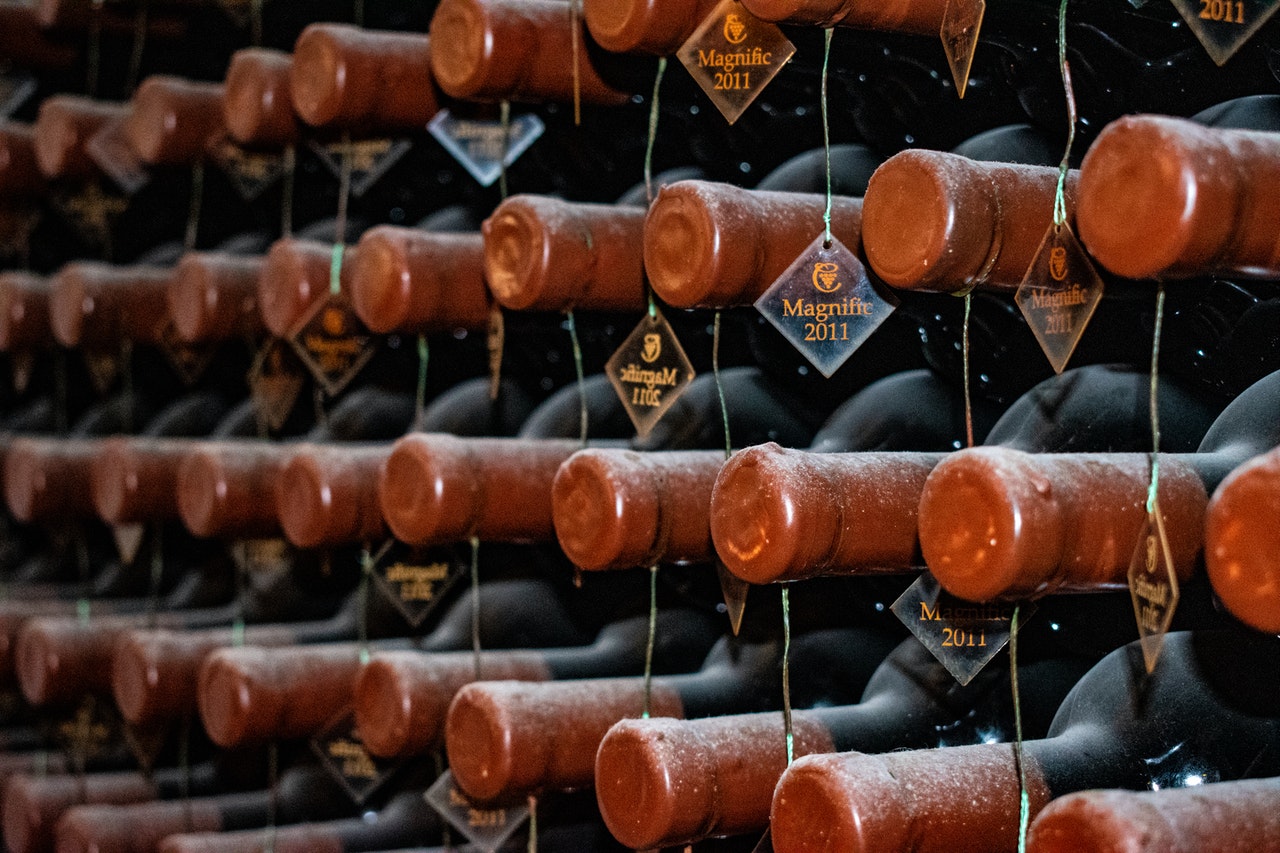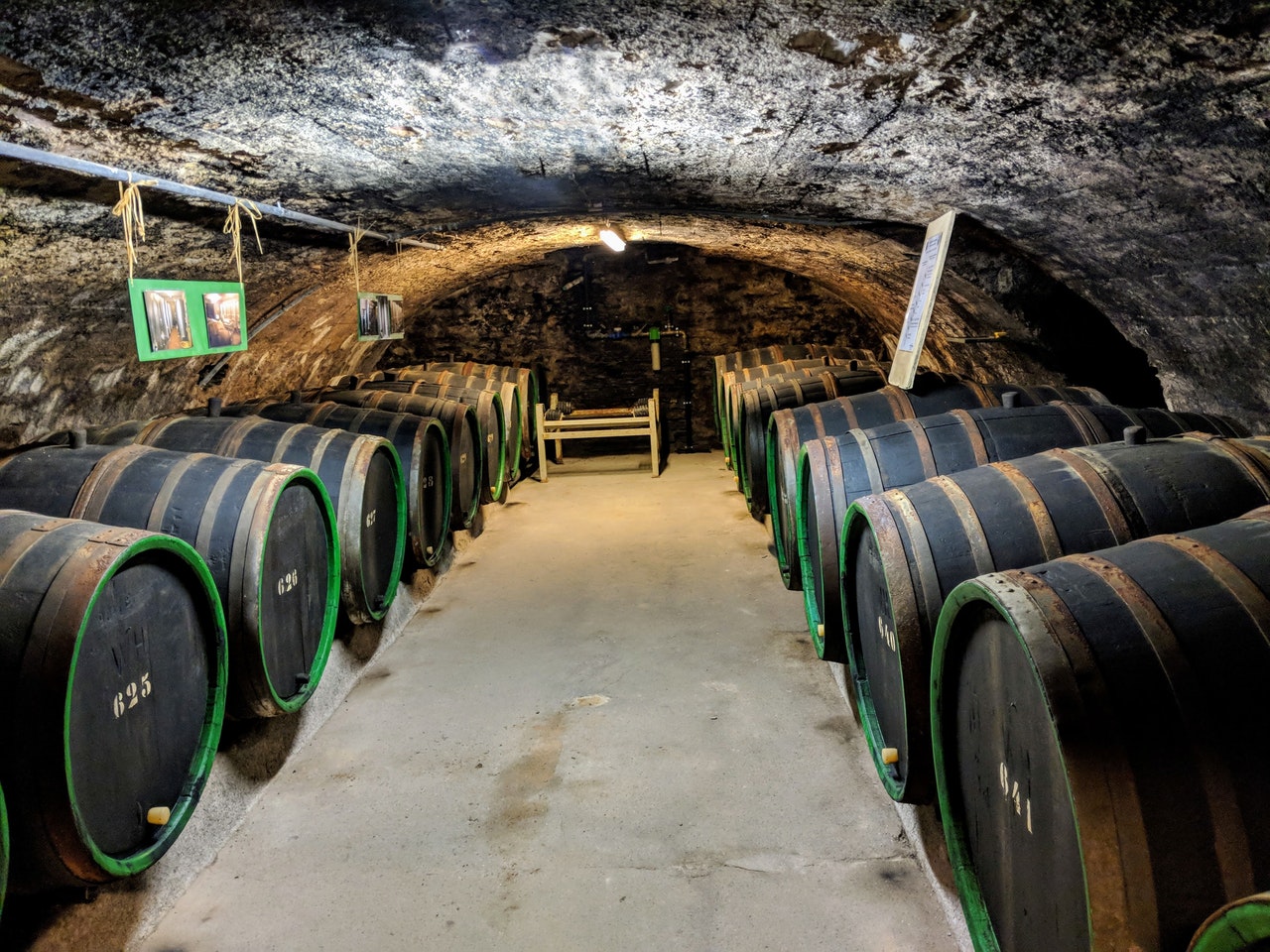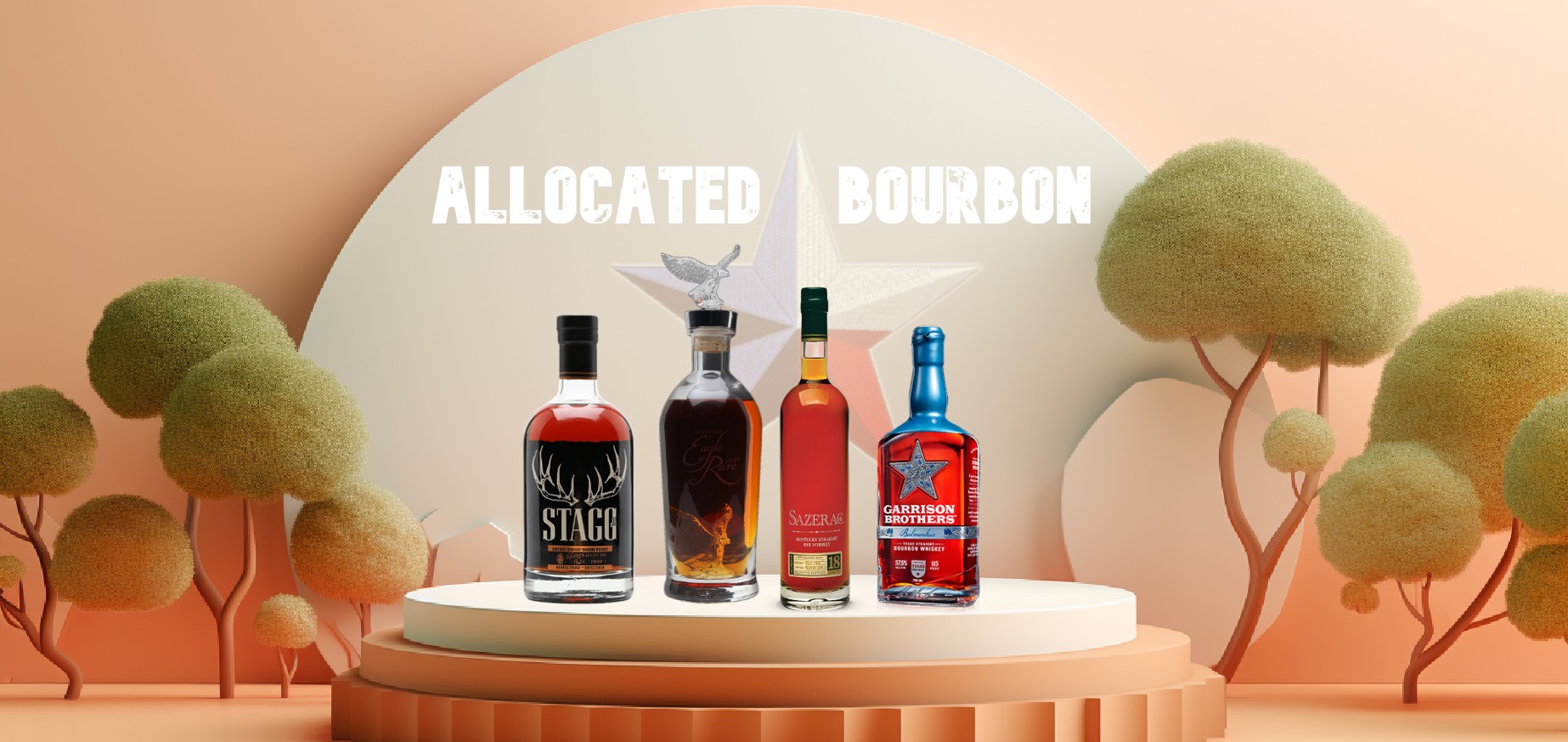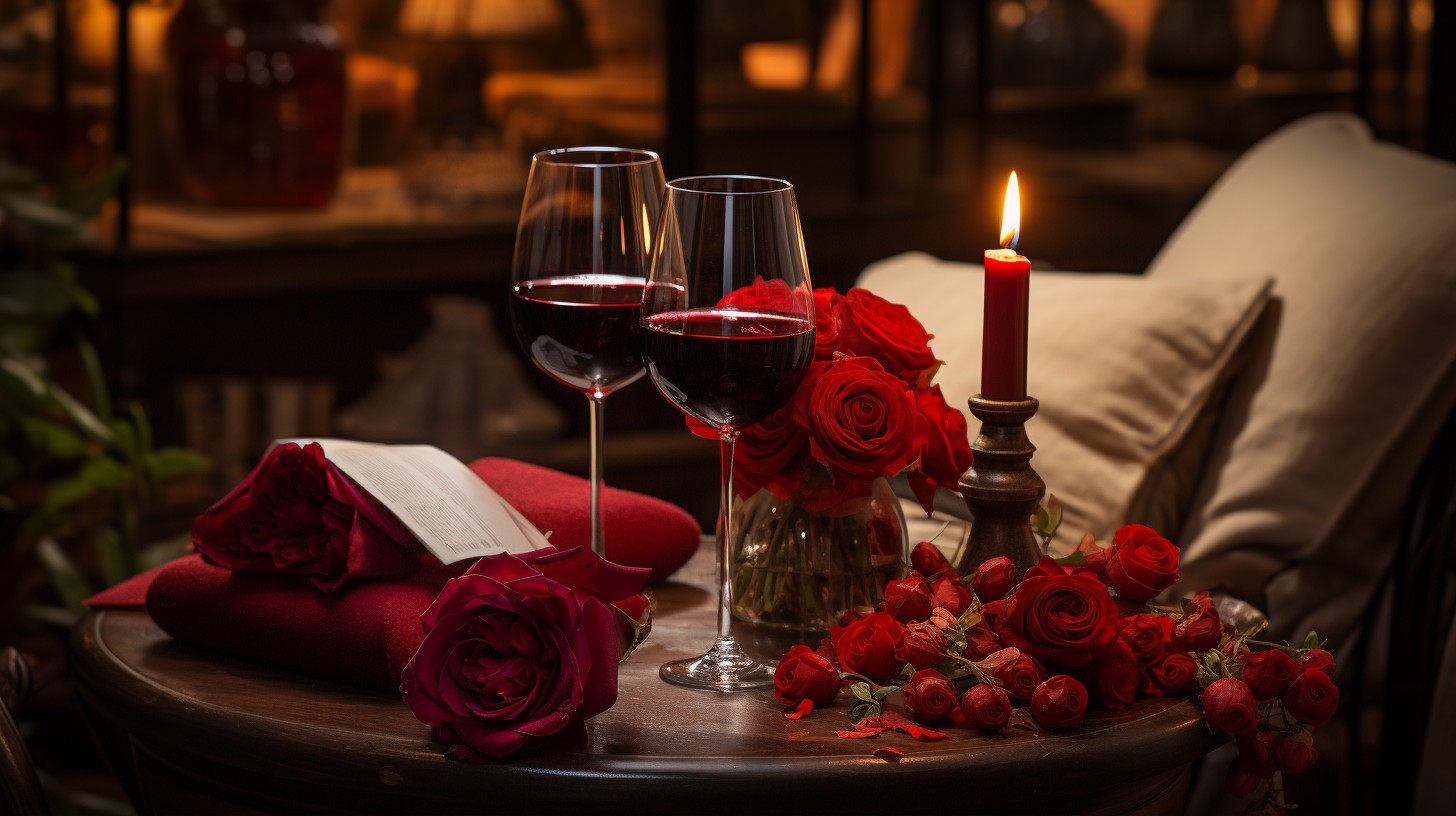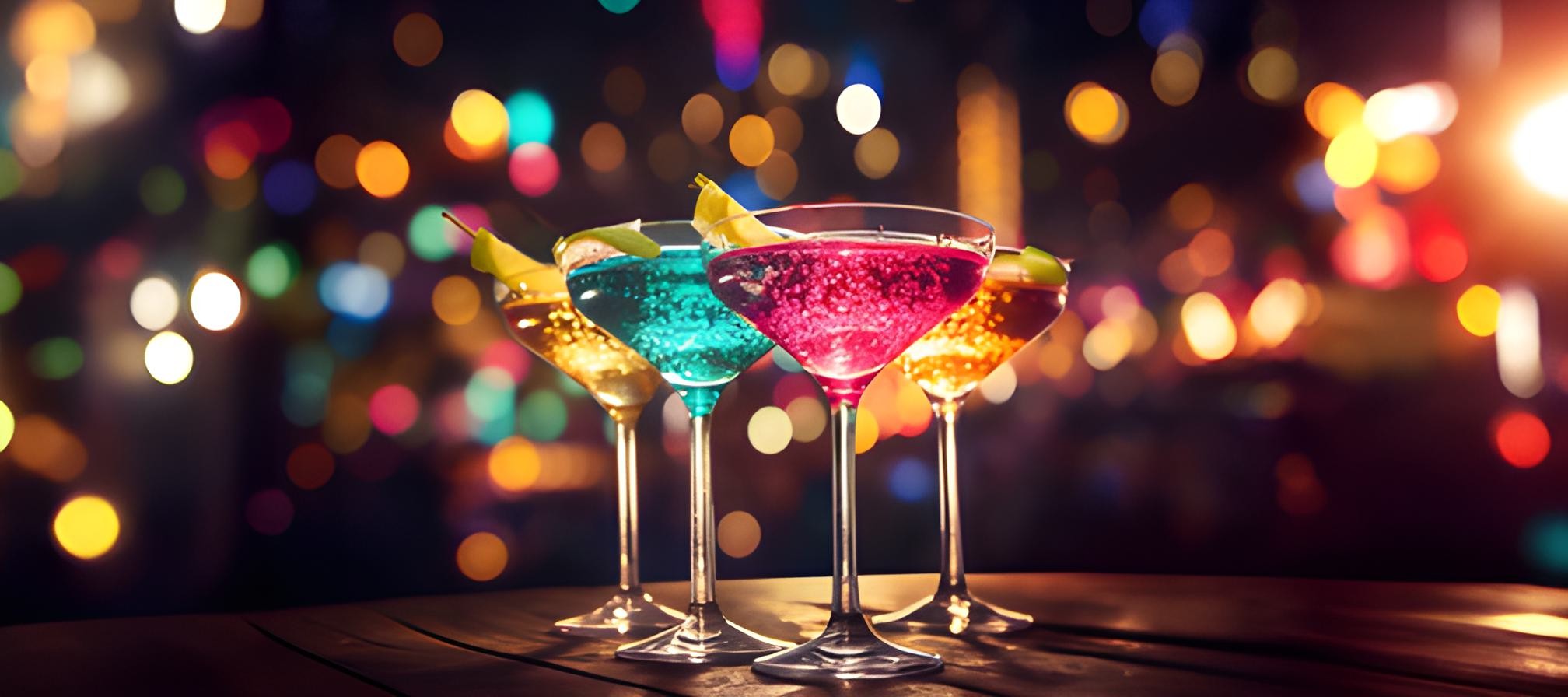If you are a wine drinker, you are likely familiar with the importance of properly preserving your bottles. Wine can be a fickle drink and if improperly stored, can spoil more rapidly than it otherwise would.
Of course, on the flip side, spending a little extra money and time to store your wine bottles effectively can help those bottles last years and keep their taste excellent well into the future. With that in mind, here are a few wine storage tips to help make your bottles last and maintain the quality as high as possible.
Pay Attention to the Temperature
Temperature is one of the essential factors in properly preserving wine. According to Wine Spectator, the optimal temperature for wine storage “is between 45° F and 65° F.” If you have the time and inclination to invest, you can purchase refrigerated storage that can carefully maintain that temperature for your bottles.
This said wine storage temperature does not necessarily have to be exact, and so long as your wine avoids getting too cold (and freezing) or too warm (roughly above 65° F), your wine will likely stay fresh for a long time. (Note: if you are looking to store wine for years or decades, the temperature will have to be more exact than if you intend to store it for only a year or two.)
Finally, it is important to note that temperature stability is essential for wine storage. In other words, a storage space that does not fluctuate in temperature is usually more important than finding the exact right temperature, if it cannot be reliably maintained.
Humidity Is Also Important
But temperature is only one factor; keeping your wine at the proper humidity is also important. A storage space that’s too dry can lead to corks drying out, potentially causing wine labels to get moldy or come unstuck.
A vapor barrier and a humidifier can help keep your wine storage space at the proper humidity. Humidity, like temperature, may not be an exact science — but generally, humidity levels around 60% are considered adequate for storing wine.
Light Can Damage Wine
In addition to keeping wine storage spaces cool and at the proper humidity, it is imperative to keep them dark. Sunlight can negatively impact wine, causing it to age faster and leading it to lose its initial quality.
Storage Position Is Essential
Storing wine in the proper position is also vital to retain the best quality. Wine should always be stored on its side — or in other words, horizontally. From some points of view, this is common knowledge. If you are a regular wine drinker, you have probably noticed that any wine rack or storage cabinet will typically have space to hold bottles horizontally. But in addition to providing effective use of space, storing wine bottles horizontally ensures that the corks do not dry out. As with low humidity, this can cause the wine to begin to age and quickly lose quality.
Do Not Neglect Open Bottles of Wine
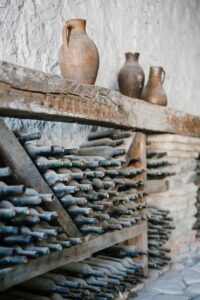
Finding effective ways to practice wine storage in the long term is essential. But it is important to remember that the goal is ultimately to enjoy the highest-quality glass of wine available to you. With that in mind, it is important to remember that proper storage does not end when you open a bottle.
If you plan to serve wine, take the necessary time to ensure you do so at the proper temperature. White wines should typically be served chilled, usually close to 50° F. Red wines should be served slightly warmer, closer to 55° F — and sometimes even warmer if the bottle being served is older. Taking the time to serve at the right temperature ensures that your long-term storage efforts are worth it.
In many cases, you may not finish a bottle of wine in a single sitting. While opened wine will inevitably begin to age, there are steps you can take to slow the process effectively. Quickly re-inserting the cork after opening the bottle will help keep out oxygen and slow aging. Keeping a few rubber wine stoppers on hand is vital if the bottle’s cork breaks when you open it.
In general, an opened bottle of wine will last about three to five days before spoiling.
Utilize Natural Elements in Wine Storage
While storing wine may seem complicated, it is important to remember that it has been done effectively for thousands of years. While the science and fine calibrations of storing wine have improved over time, particularly with high-quality refrigeration, there have long been reliable means of wine storage.
Depending on your setup at home, your best bet is probably to “use what you have.” For instance, it is probable that if your home has a basement, and especially if it is below ground, this will be the coolest part of your home — and probably the best place to store wine (hence the term “wine cellar”).
Perhaps you have a storage room in your basement that — with a vapor barrier, humidifier, and sturdy wine rack — can be made into a practical cellar at a reasonable cost. Even if you do not have a room carved out, the natural qualities of this part of your home can help it a more effective space to put a wine rack.
Finally, it is worth remembering that depending on your desired level of investment, there are many effective wine refrigerators on the market today.
Purchase Wine Today
Zipps Liquor Stores are ready to handle all of your wine and liquor needs. Stop in at one of our many liquor store locations, or have your wine delivered straight to your home.
For more information, visit Zipps Liquor online.

